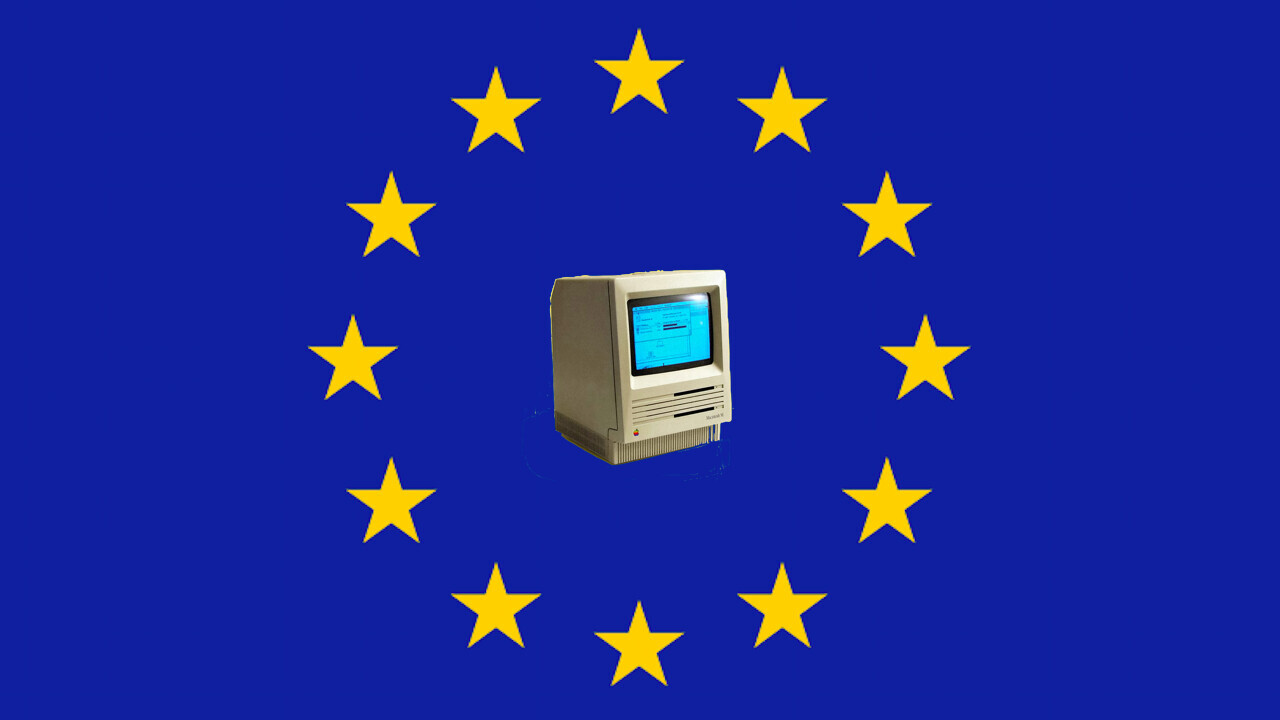
The European Central Bank and its counterparts in the UK, US, China, and India are exploring a new form of state-backed money built on similar online ledger technology to cryptocurrencies such as bitcoin and ethereum. So-called central bank digital currencies (CBDCs) envision a future where we’ll all have our own digital wallets and transfer money between them at the touch of a button, with no need for high-street banks to be involved because it all happens on a blockchain.
But CBDCs also present an opportunity that has gone unnoticed – to vastly reduce the exorbitant levels of public debt weighing down many countries. Let us explain.
The idea behind CBDCs is that individuals and firms would be issued with digital wallets by their central bank with which to make payments, pay taxes and buy shares or other securities. Whereas with today’s bank accounts, there is always the outside possibility that customers are unable to withdraw money because of a bank run, that can’t happen with CBDCs because all deposits would be 100% backed by reserves.
Today’s retail banks are required to keep little or no deposits in reserve, though they do have to hold a proportion of their capital (meaning easily sold assets) as protection in case their lending books run into trouble. For example, eurozone banks’ minimum requirement is 15.1%, meaning if they have capital of €1 billion (£852 million), their lending book cannot exceed €6.6 billion (that’s 6.6 times deposits).
In an era of CBDCs, we assume that people will still have bank accounts – to have their money invested by a fund manager, for instance, or to make a return by having it loaned out to someone else on the first person’s behalf. Our idea is that the 100% reserve protection in central bank wallets should extend to these retail bank accounts.
That would mean that if a person put 1,000 digital euros into a retail bank account, the bank could not multiply that deposit by opening more accounts than they could pay upon request. The bank would have to make money from its other services instead.
At present, the ECB holds about 25% of EU members’ government debt. Imagine that after transitioning to a digital euro, it decided to increase this holding to 30% by buying new sovereign bonds issued by member states.
To pay for this, it would create new digital euros – just like what happens today when quantitative easing (QE) is used to prop up the economy. Crucially, for each unit of central bank money created in this way, the money circulating in the wider economy increases by a lot more: in the eurozone, it roughly triples. This is because QE drives up the value of bonds and other assets, and as a result, retail banks are more willing to lend to people and firms. This increase in the money supply is why QE can cause inflation.
If there was a 100% reserve requirement on retail banks, however, you wouldn’t get this multiplication effect. The money created by the ECB would be that amount and nothing more. Consequently, QE would be much less inflationary than today.
The debt benefit
So where does national debt fit in? The high national debt levels in many countries are predominantly the result of the global financial crisis of 2007-09, the eurozone crisis of the 2010s and the COVID pandemic. In the eurozone, countries with very high debt as a proportion of GDP include Belgium (100%), France (99%), Spain (96%), Portugal (119%), Italy (133%) and Greece (174%).
One way to deal with high debt is to create a lot of inflation to make the value of the debt smaller, but that also makes citizens poorer and is liable to eventually cause unrest. But by taking advantage of the shift to CBDCs to change the rules around retail bank reserves, governments can go a different route.
The opportunity is during the transition phase, by reversing the process in which creating money to buy bonds adds three times as much money to the real economy. By selling bonds in exchange for today’s euros, every one euro removed by the central bank leads to three disappearing from the economy.
Indeed, this is how digital euros would be introduced into the economy. The ECB would gradually sell sovereign bonds to take the old euros out of circulation, while creating new digital euros to buy bonds back again. Because the 100% reserve requirement only applies to the new euros, selling bonds worth €5 million euros takes €15 million out of the economy but buying bonds for the same amount only adds €5 million to the economy.
However, you wouldn’t just buy the same amount of bonds as you sold. Because the multiplier doesn’t apply to the bonds being bought, you can triple the amount of purchases and the total amount of money in the economy stays the same – in other words, there’s no extra inflation.
For example, the ECB could increase its holdings of sovereign debt of EU member states from 25% to 75%. Unlike the sovereign bonds in private hands, member states don’t have to pay interest to the ECB on such bonds. So EU taxpayers would now only need to pay interest on 25% of their bonds rather than the 75% on which they are paying interest now.
Interest rates and other questions
An added reason for doing this is interest rates. While interest rates payable on bonds have been meager for years, they could hugely increase on future issuances due to inflationary pressures and central banks beginning to raise short-term interest rates in response. The chart below shows how the yields (meaning rates of interest) on the closely watched 10-year sovereign bonds for Spain, Greece, Italy, and Portugal have already increased between three and fivefold in the past few months.
Mediterranean 10-year bond yields
Following several years of immense shocks from the pandemic, the energy crisis, and war emergency, there’s a risk that the markets start to think that Europe’s most indebted countries can’t cover their debts. This could lead to widespread bond selling and push interest rates up to unmanageable levels. In other words, our approach might even save the eurozone.
The ECB could indeed achieve all this without introducing a digital euro, simply by imposing a tougher reserve requirement within the current system. But by moving to a CBDC, there is a strong argument that because it’s safer than bank deposits, retail banks should have to guarantee that safety by following a 100% reserve rule.
Note that we can only take this medicine once, however. As a result, EU states will still have to be disciplined about their budgets.
Instead of completely ending fractional reserve banking in this way, there’s also a halfway house where you make reserve requirements more stringent (say a 50% rule) and enjoy a reduced version of the benefits from our proposed system. Alternatively, after the CBDC transition ends, the reserve requirement could be progressively relaxed to stimulate the economy, subject to GDP growth, inflation, and so on.
What if other central banks do not take the same approach? Certainly, some coordination would help to minimize disruption, but reserve requirements do differ between countries today without significant problems. Also, many countries would probably be tempted to take the same approach. For example, the Bank of England holds over one-third of British government debt, and UK public debt as a proportion of GDP currently stands at 95%.![]()
This article by Guido Cozzi, Professor of Macroeconomics, University of St.Gallen, and Leonardo Becchetti, Professor of Political Economy, University of Rome Tor Vergata is republished from The Conversation under a Creative Commons license. Read the original article.
Get the TNW newsletter
Get the most important tech news in your inbox each week.





